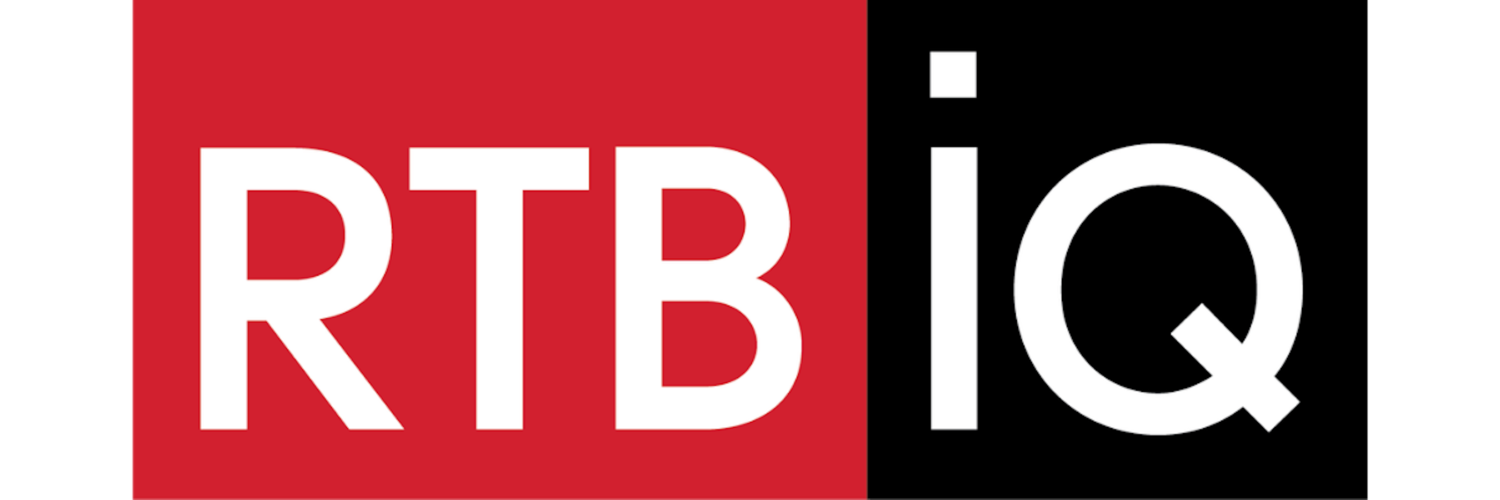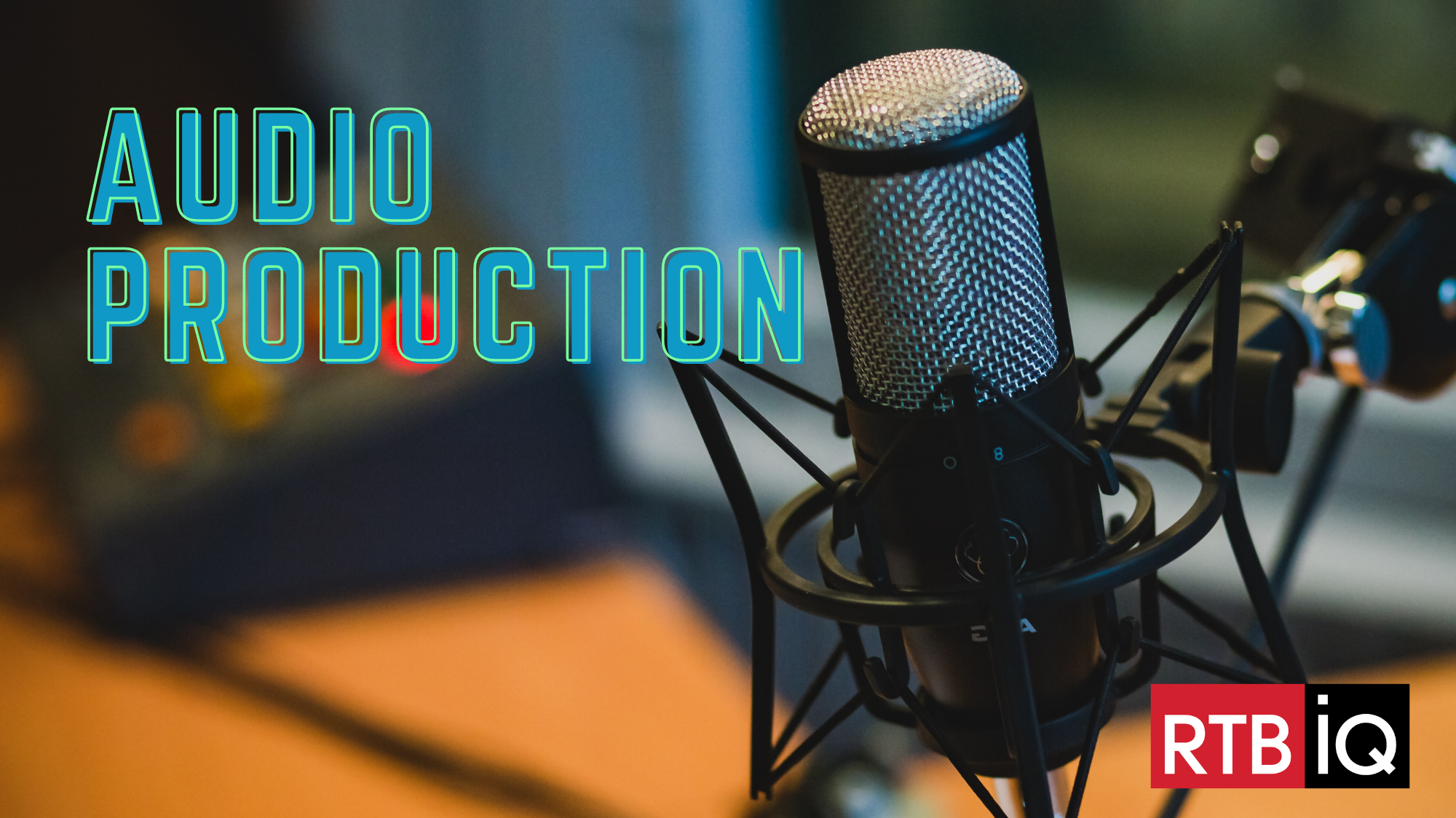3 tips for easy, low-cost audio ad production
If you’re like the growing number of brands looking to add an audio campaign, but wary of how to start, look no further. Audio ads are low cost and easy to produce. With or without professionals, it’s simple to get an audio ad up and running.
1. Use what you have
It’s very possible you already have creative that's ready to use with just a few tweaks.
Video
Don't waste strong creative! If you have a marketing video you would like to pull audio from, you can reuse creative. For RTBiQ clients, this is as simple as uploading a video into our converter tool. If you aren’t using our media buying platform, then you can open your video with a program like QuickTime, and export your file as an audio only file.
Copy
Most likely, you don’t need to start from scratch. Any marketing copy you’ve already created supporting your brand, a specific product launch or initiative is a great way to start. This can include website copy, email marketing, product copy, one-sheets, sales decks, etc. Finely crafted copy can be used and re-used in many ways, and with the flexibility of the format, it's easy to test and optimize creative options. Make it work for you!
2. Keep it simple.
You have 15, 30, or 60 seconds to get your message across and move your audience to take action. What is the one thing you want to get across? Choose a focus. Advertise a specific product or service on sale, address a singular problem, or direct users to look up your brand. Make sure listeners know what their next step is (i.e. your call-to-action). A conversational tone works well for audio ads, so speak directly to your listener.
3. Use technology on hand
You don’t need expensive equipment to make a great audio ad. Put simply, you’ll need a recording device, an editing tool, and music if you want it.
Record
Obviously, you can hire voice over talent to record your script, but if you’re looking for a low budget option, you can just as effectively do it yourself. Most people already have a great app for recording voice-overs. If you’re an iPhone user, Apple’s pre-installed Voice Memos app is the perfect start to creating an audio ad. For Android, apps like Smart Recorder and Voice Recorder are good options. Once you have your script, go to a quiet place to record. You don’t need a soundproof studio, but the fewer background noises the better.
Edit
When you’re happy with your recording, email it to yourself to get working. There are a number of free sound editing tools you can use, Audacity being one of the best out there. If you use a Mac, then GarageBand is a great choice as well. Check out ocenaudio or Free Audio Editor for options with fewer extras. All you really need is a little background noise removal or voice boost. Here’s a simple tutorial on enhancing your audio file in Audacity.
Add Music
Adding a little background music to your voice over can be helpful for building that emotional connection with your listeners. If you don’t already have previously-used tunes on hand, check out royalty-free sites like AudioJungle (~$25/song) and YouTube’s Audio Library (free), where you can search by mood, genre, and attribution. Import your music to your voice track, but make sure it’s not overpowering your message. Even a couple seconds of intro/outro music can pull an ad together for a more sophisticated sound.
Export
Export your file! Make sure it’s in a .mp4, .mp3, or .wav file. If you need help getting started, want more pointers on production, or are ready to start your audio campaign, reach out to RTBiQ today!

